Table of Contents
Introduction
Here are 5 practical salt uses you need to know:
- Kitchen Cleaning: Use coarse salt as a natural scrub for pots, pans, and cutting boards.
- Deodorize Your Home: Place salt in a bowl to absorb unwanted odors.
- Remove Sticky Residue: Apply salt to sticky labels or adhesives before wiping.
- Enhance Baking: A pinch of salt elevates the flavor of baked goods.
- Natural Preservative: Preserve meats, vegetables, or make homemade pickles with salt.
Salt is more than just a seasoning—it's a kitchen essential with countless applications. Whether you're an amateur cook or a seasoned chef, understanding these uses can transform your daily cooking and home maintenance. In this article, we'll explore each salt use in detail, share storage hacks to keep your salt fresh, and provide a buying guide for the best salt products. Let's dive in!
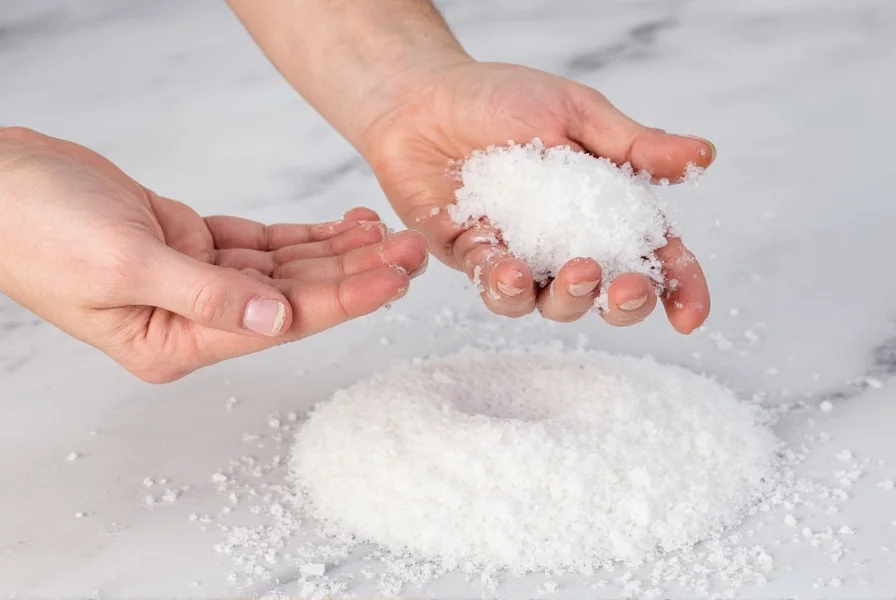
Historical Evolution of Salt Applications
Salt's practical applications have evolved significantly through human history, transitioning from survival necessity to multi-functional household staple. This timeline shows key developments validated by archaeological and historical records:
- 6050 BCE: Earliest evidence of salt harvesting in Romania for food preservation (Britannica)
- 2400 BCE: Egyptians used salt in mummification processes and fish preservation, documented in tomb inscriptions (The Met)
- 1st Century CE: Roman soldiers received salt as partial payment ("salarium"), establishing its economic value for food preservation and wound cleaning (Oxford Reference)
- 1830s: Industrial salt production enabled household use for de-icing and textile processing during the Industrial Revolution (Britannica Industrial Revolution)
- 2022: Modern studies confirm optimal salt concentrations for preservation (10-15% brine) while highlighting material compatibility limitations (National Center for Home Food Preservation)
This evolution demonstrates how scientific understanding has refined salt's practical applications—from basic preservation to targeted household solutions with specific efficacy boundaries.
5 Practical Salt Uses
Let's explore each of the 5 practical salt uses in detail:
Kitchen Cleaning
Use coarse salt as a natural scrub for pots, pans, and cutting boards. It's gentle on surfaces but effective at removing grime and stains without scratching.
Deodorize Your Home
Pour a bit of salt into a bowl and place it in a room to absorb unwanted odors. For a fresher scent, add a few drops of essential oil.
Remove Sticky Residue
Apply salt to sticky labels or adhesives before wiping them off. The grains help break down the stickiness without damaging surfaces.
Enhance Baking
A pinch of salt can elevate the flavor of baked goods. It enhances sweetness and improves the texture of breads and pastries by balancing flavors.
Natural Preservative
Salt is one of nature's best preservatives. Use it to cure meats, preserve vegetables, or make homemade pickles by drawing out moisture through osmosis, which inhibits bacterial growth.
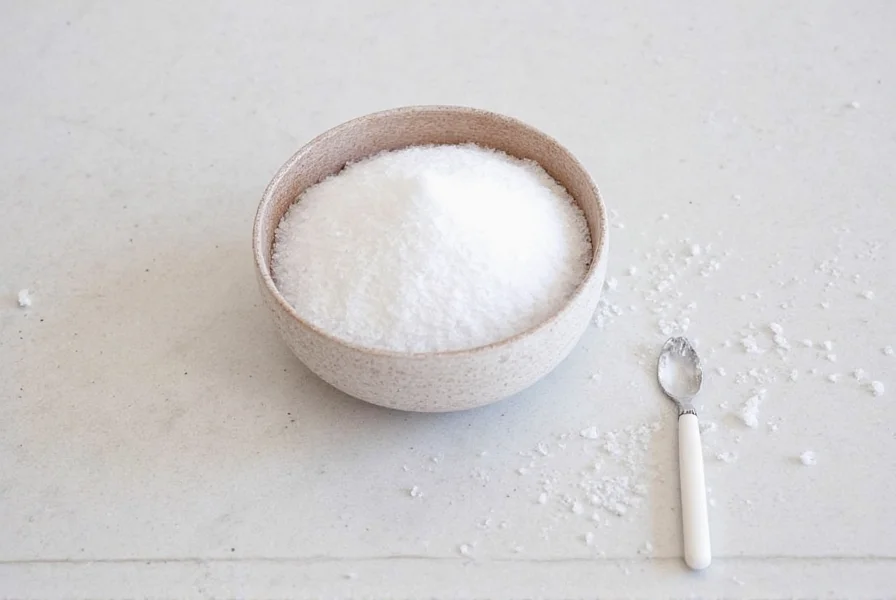
Context Boundaries & Limitations
While versatile, salt's effectiveness depends on specific conditions. Understanding these boundaries prevents misuse and ensures optimal results:
- Surface Compatibility: Coarse salt cleans stainless steel effectively but damages porous stones like marble (micro-scratches occur at >3 on Mohs scale). Always test on inconspicuous areas first (Bob Vila).
- Odor Limitations: Salt absorbs moisture-based odors (food spills, sweat) but is ineffective against volatile organic compounds (paint fumes, chemical cleaners) which require activated carbon (EPA IAQ Guidelines).
- Preservation Thresholds: Salt preservation requires minimum 10% concentration for safety; concentrations below 5% may promote bacterial growth in humid environments (NCHFP).
- Baking Precision: Optimal salt-to-flour ratio is 0.5-1% by weight; exceeding 1.5% inhibits yeast activity and creates metallic aftertastes (King Arthur Baking Research).
Salt Storage Hacks
Proper storage is key to keeping your salt at its best. Here are some smart ways to store your salt so it stays fresh and usable:
- Airtight containers: Store salt in sealed glass or plastic jars to prevent moisture and clumping.
- Cool, dark place: Keep salt away from heat and light to maintain its flavor and texture.
- Separate from spices: Don't mix salt with other spices; it can absorb odors and lose potency.
- Dry environment: Avoid storing salt near steamy areas like the stove or dishwasher.
For those who love cooking with sea salt or Himalayan pink salt, consider using a small salt cellar with a tight lid to keep it dry and fragrant.
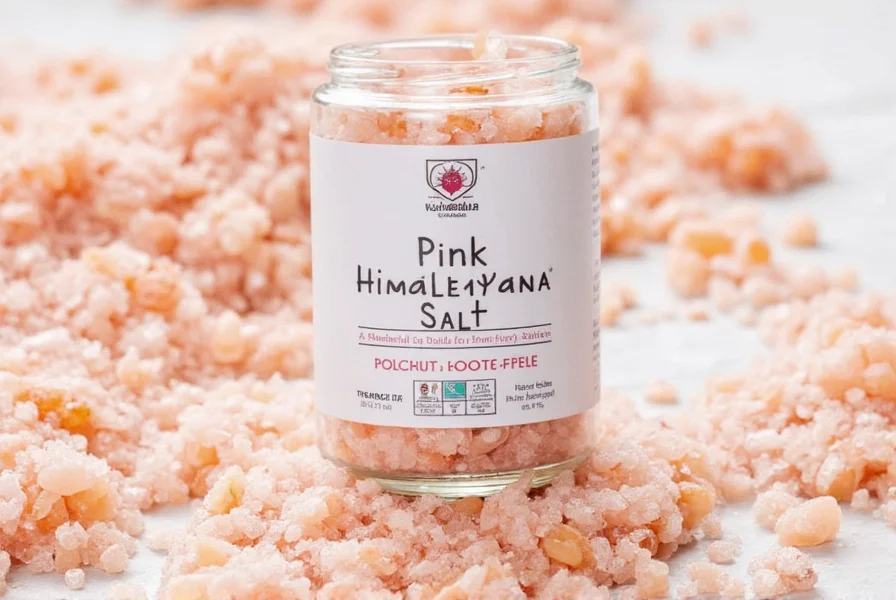
Buying Guide for Salt Products
| Product | Features | Advantages | Use Cases | Target Audience | Suitable Occasions |
|---|---|---|---|---|---|
| Selina Naturally Sea Salt | Fine granules, no additives | Enhances natural flavors | Seasoning, baking, finishing | Chefs, home cooks | Everyday meals, special occasions |
| Himalayan Pink Salt | Crystal-like crystals, rich in minerals | Adds color and mineral content | Cooking, seasoning, decor | Gourmet lovers, health enthusiasts | Special dinners, gift-giving |
| Kosher Salt | Larger flakes, easy to measure | Good for curing and brining | Curing meat, brining, baking | Cooking professionals, home bakers | Roasting, BBQ, holidays |
| Flake Salt | Thin, delicate flakes | Perfect for finishing dishes | Salads, soups, seafood | Chefs, foodies | Fine dining, special events |
When buying salt, always check the label to ensure it's free from unnecessary additives. If you're using salt for culinary purposes, opt for high-quality varieties that enhance flavor without compromising health.
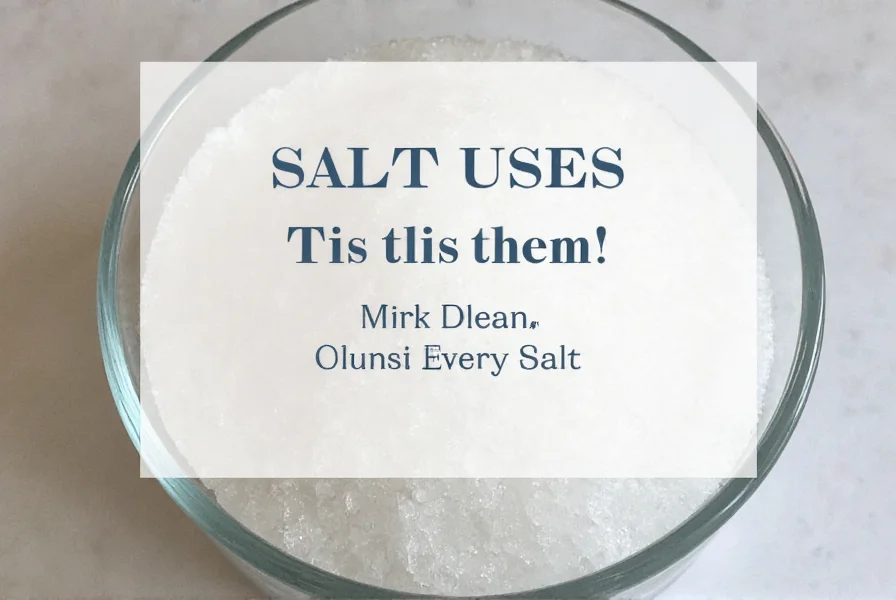
Frequently Asked Questions
What are the most common practical uses of salt beyond seasoning?
Salt has numerous practical uses beyond seasoning food. It can be used for kitchen clean-up (as a natural scrub for pots and pans), deodorizing your home, removing sticky residue from surfaces, enhancing the flavor of baked goods, and as a natural preservative for meats and vegetables.
How should I store salt to keep it from clumping?
To prevent salt from clumping, store it in an airtight container in a cool, dark place. Avoid humid areas and keep it separate from spices to prevent odor absorption. For sea salt or Himalayan pink salt, a salt cellar with a tight lid is ideal.
What type of salt is best for baking?
For baking, fine sea salt or table salt is often preferred because it dissolves easily. However, a pinch of any pure salt can enhance the flavor of baked goods. Avoid coarse salts unless they are specifically called for, as they may not distribute evenly.
Can salt be used to clean kitchenware?
Yes, coarse salt is an excellent natural scrub for cleaning pots, pans, and cutting boards. It helps remove grime and stains without scratching surfaces. Simply sprinkle salt on the surface and scrub with a sponge or cloth.
How does salt act as a preservative?
Salt preserves food by drawing out moisture through osmosis, which inhibits the growth of bacteria and molds. It's commonly used in curing meats, preserving vegetables, and making pickles. The process creates an environment where spoilage organisms cannot thrive.
Conclusion
Salt may seem simple, but its practical uses are vast and varied. From storage tips that keep your supply fresh to everyday tricks that make life easier, there's more to salt than meets the eye. Whether you're a professional chef or a casual cook, understanding these 5 key salt uses—and their historical context and practical boundaries—can make a big difference in your kitchen.
So next time you reach for the salt shaker, remember—this humble ingredient is more powerful than you think. And if you're looking to upgrade your salt game, take a look at the buying guide above to find the perfect salt for your needs.
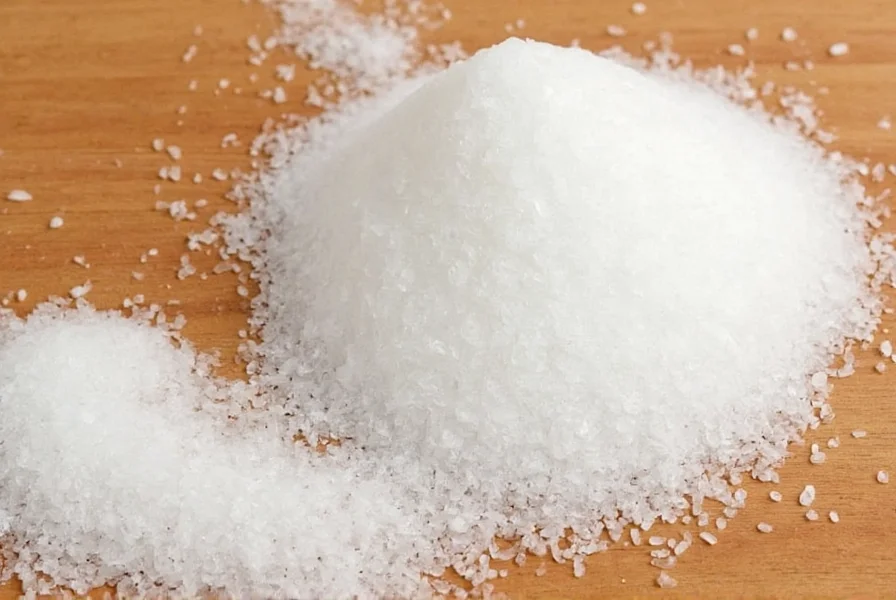










 浙公网安备
33010002000092号
浙公网安备
33010002000092号 浙B2-20120091-4
浙B2-20120091-4